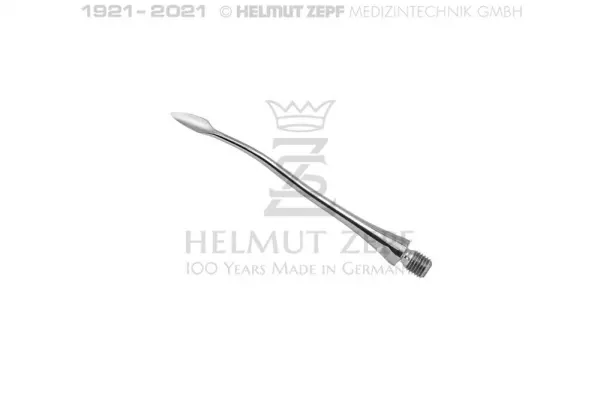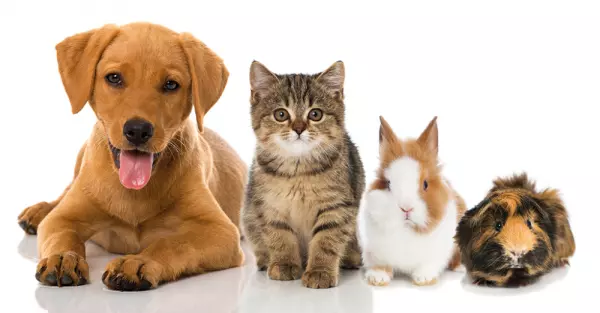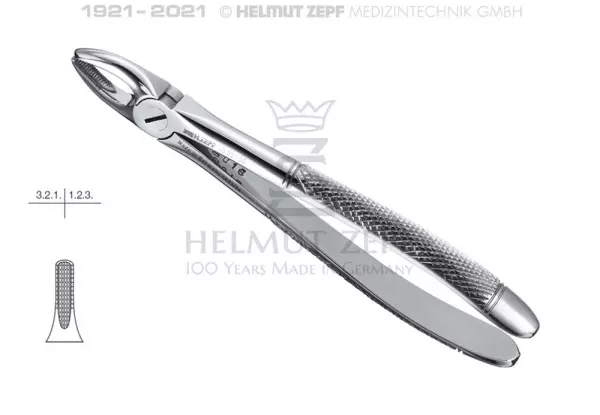
Periotomes / Desmotome - Dental Instruments...
Periotomes / Desmotome - Dental Instruments for Extraction 17.045.00 ROOT ELEVATOR/APPROXIMAL...
Portal and digital medical technology fair of the largest MedTech cluster in Germany

Periotomes / Desmotome - Dental Instruments...
Periotomes / Desmotome - Dental Instruments for Extraction 17.045.00 ROOT ELEVATOR/APPROXIMAL...

Benex extraction systems and sets - Innovative...
Benex extraction systems and sets - Innovative dental instruments for extraction ...

Rootsplint / Elevators - Dental Instruments...
Rootsplint / Elevators - Dental Instruments for Extraction 17.051.01 ROOT TIP ELEVAT...

High-quality instruments for veterinary surgery
The well-being of animals also plays a major role for DIMEDA. Therefore, we offer customers from all...

Extracting Forceps Standard - Dental Instruments...
Extracting Forceps Standard - Dental Instruments for Extraction 10.001.00 EXTRACTING FORCEPS,...

Dental extractions are necessary for many reasons. First, the tooth that needs to be removed is extremely loose and can be easily wiggled with a finger. A dental abscess can develop inside the tooth root, and can drain from the bottom of the root, gums, or skin that covers the area of bone. Veterinarians can diagnose an abscess with x-rays. If the tooth has eroded into the bone, the only option is to have it removed.
The procedure is done with anesthesia and requires general anesthesia. The recovery time for dental extractions varies according to the type of tooth and whether stitches are used. If a dog's mouth is infected, stitches will not be necessary as they would wall in the infection. Those without stitches usually eat better and sleep less. The bleeding from the infection should stop after the extraction. The veterinarian may prescribe soft food for a few days.
After a dental extraction, the following steps should be followed. It depends on the type of tooth that needs to be removed, whether the dog is infected, and whether the veterinarian uses stitches. Infected teeth are not usually extracted, because stitching holes would wall in the infection. Therefore, dogs with no stitches will be more active and likely to be less clumsy. After the procedure, the bleeding caused by the infection will stop and the dentist may prescribe soft food for a few days to help the animal heal.
The first step of a dental extraction is to expose the tooth root to allow for the operator to access the root attachment. In a cat or dog, this involves raising the gingival flap, which is done by lifting the teeth. Another step is to cut the sutures. The operator must also identify the shape of the affected tooth root and the location where it connects to the mandible. The operator must also carefully separate the root's mesial and distal edges.
After the procedure, the animal must be given soft food and rest for several days. The animal's gums will need time to heal after the procedure, so the veterinarian should give the pet adequate time to recover. Afterwards, the patient will be required to take antibiotics for 7 to 10 days. The dental extraction site will need to be checked in two to three weeks. This will allow the owner to see how the animal is healing.
Once the tooth is extracted, the hard tissue is exposed. A dental extraction is necessary for your pet's health. Your vet will use dental drills to remove the tooth, and the bone is removed. It is important to note that the procedure can be dangerous to the patient. If the dentist makes an incision on the bone, it can damage the bone. During this procedure, the dentist will remove the bone to prevent the tooth from falling out.
Become a digital exhibitor yourself in the online portal of the largest and best-known MedTech cluster region in Germany and inform the world of medical technology about your products and services as well as about news, events and career opportunities.
With an attractive online profile, we will help you to present yourself professionally on our portal as well as on Google and on social media.